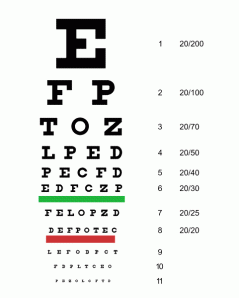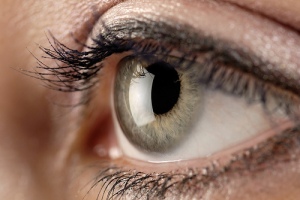Peanut allergy lessened with early consumption: An interesting study comparing the diets of Israeli and British infants suggests that the consumption of peanuts early in life may be linked to a decreased risk of peanut allergy.
Hormone-replacement therapy linked to breast cancer risk? Data presented at a recent cancer conference in San Antonio, USA, suggests that women who have been taking the hormone replacement drug ‘Wyeth’s Prempro’ for a long period of time could have a doubled risk of breast cancer.
Amputation by text message: An incredible story of how a surgeon carried out an emergency limb amputation on a 16-year old boy in the Democratic Republic of Congo, using instructions sent via text message from a London surgeon.
Women ‘may face greater HIV risk’: Research from Northwestern University in Chicago has shown that the HIV virus can breach even healthy vaginal tissue. It was previously thought that only damaged skin inside the vagina could provide a route for infection.
Full face transplant complete: The first almost full-face transplant to be carried out in America is now complete. 80% of the female patients face was replaced with that of a deceased donor.
The right to health: Cases Journal editor-in-chief Dr Richard Smith writes a fascinating blog for BMJ on the ‘right’ to health.
New online test for depression: Researchers at UCL (University College of London) have developed a new universal online test for predicting the risks of someone succumbing to depression.
Frost bite autoamputation of toes: case report: Cases Journal reports the unusual case of a 15 year old girl who suffered autoamputation of left mid foot and four digits of the right foot following repeated application of snow to relieve the pain in her frost bitten feet.
 Man roused from coma with magnetic field: case report: New Scientist recently published the case of a 26 year old male who was roused from a coma following a series of transcranial magnetic stimulation (TMS) sessions.
Man roused from coma with magnetic field: case report: New Scientist recently published the case of a 26 year old male who was roused from a coma following a series of transcranial magnetic stimulation (TMS) sessions.
Top ten self-surgeries: Continuing on from the top ten lists of the last news updates, here is a list of the top ten incredible self-surgeries, (see picture left) compiled by listverse.


 The
The 





